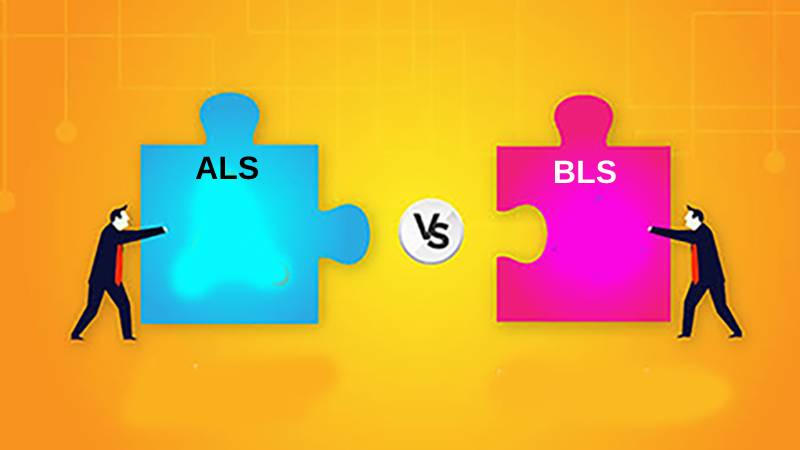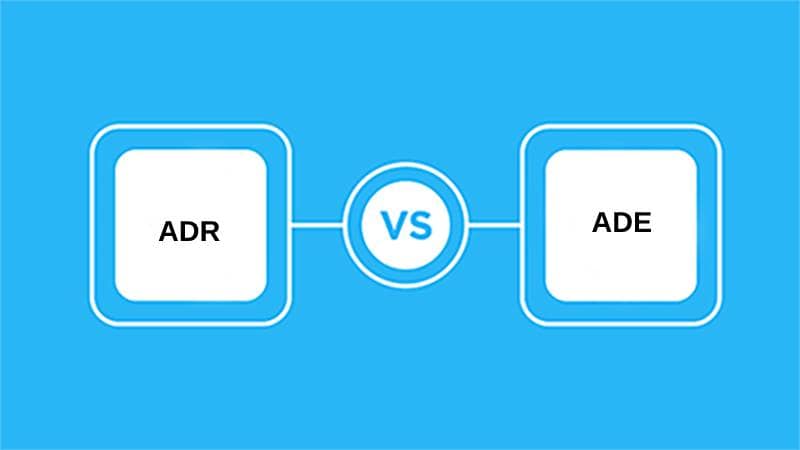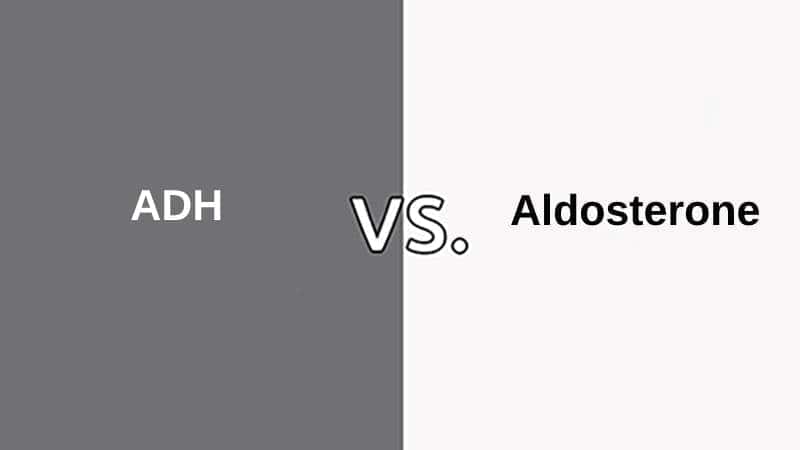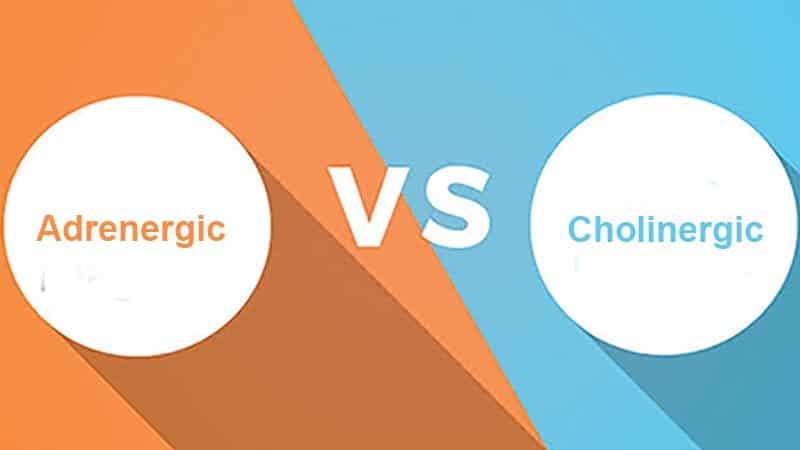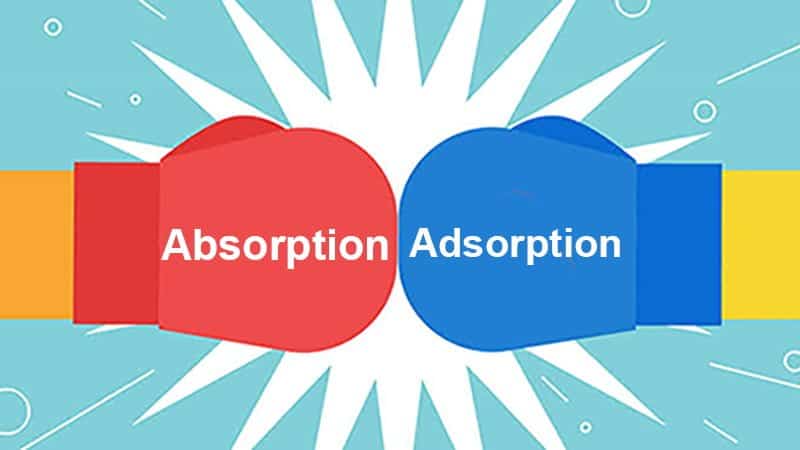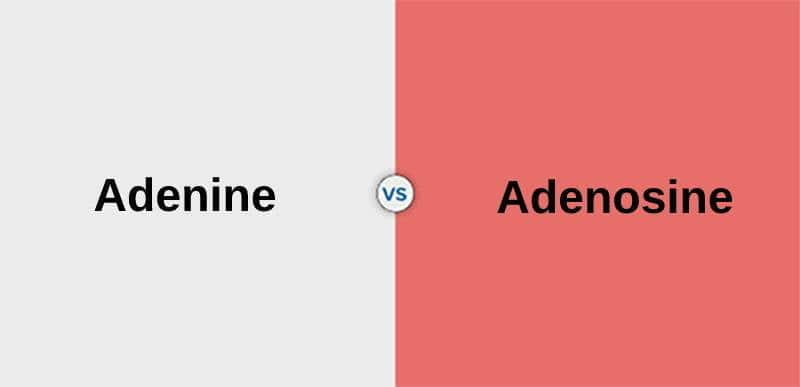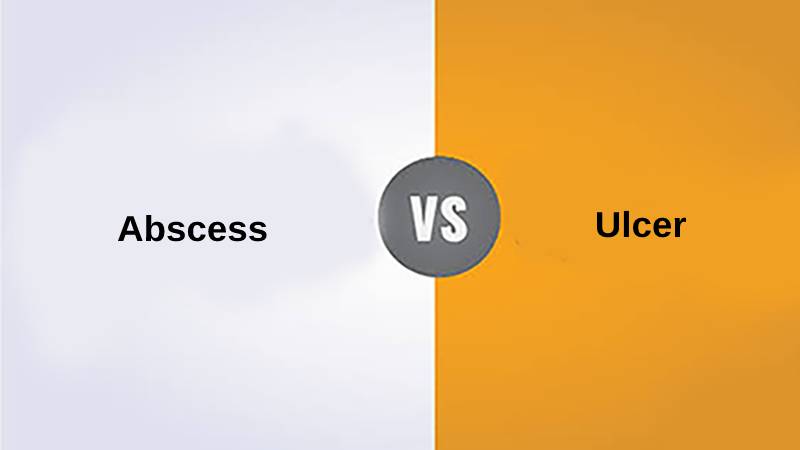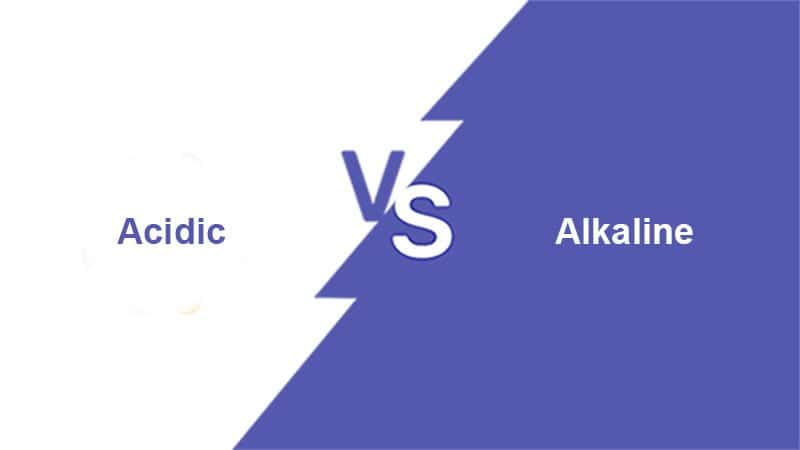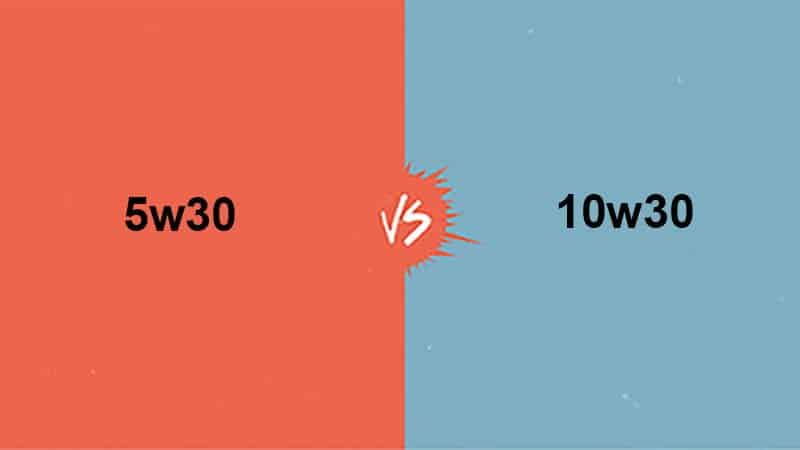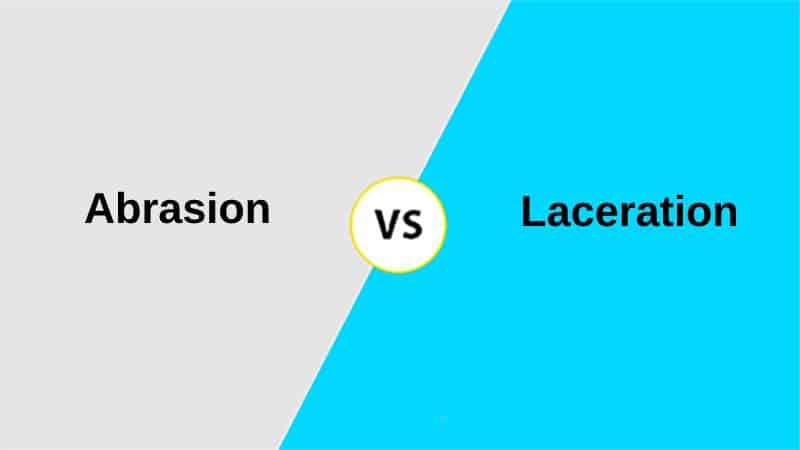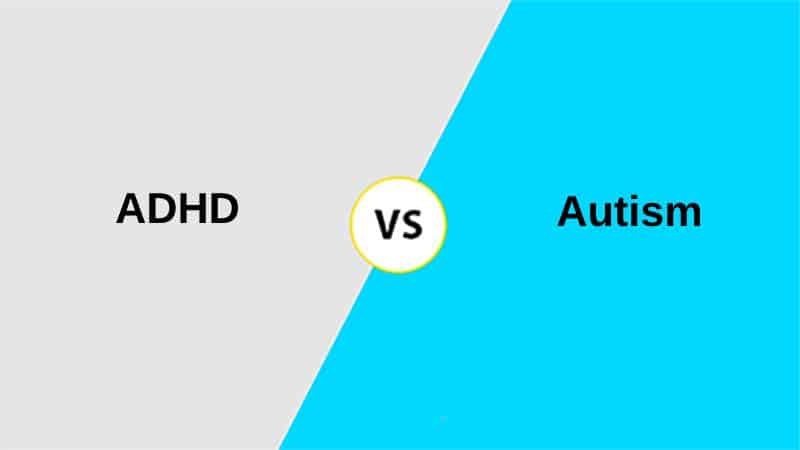Humans undergo different stages as they evolve into better and newer versions according to the time and transitions required. And those differences would be relatively visible to see as well.
Yet it is quite fascinating that humans don’t grow only after entering the world; they have started growing and evolving into different phases right after conception. Yes, their body development would begin transitioning since their existence in their mother’s womb.
As such, phases involve the terms of Embryo and Fetus in the uterus. Both occur at different times yet with much unique importance to their stages.
Embryo vs Fetus
The main difference between Embryo and Fetus is that the Embryo’s development occurs earlier in the process of the phases based on the gestational stage, on the other hand, the Fetus begins its phase following the embryo’s development after conception.
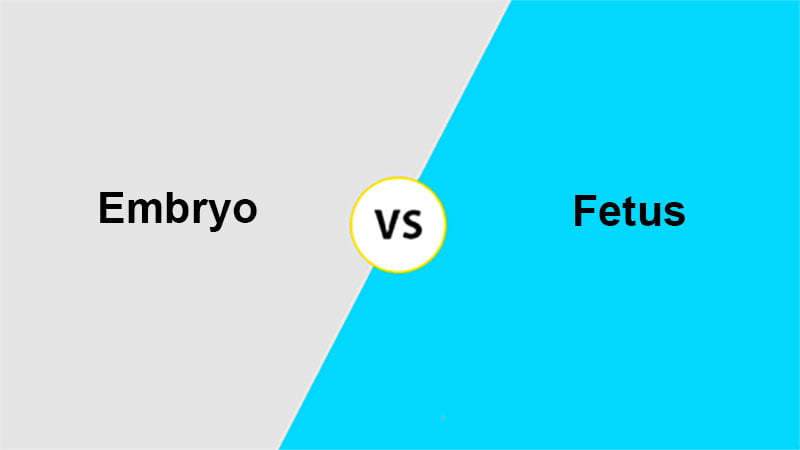
An embryo is considered the beginning phase of human development after conception. During the embryo stage, most organs are structured to form into shapes. It is the most critical and vulnerable level of pregnancy, for miscarriages and birth defects are common around that time.
The fetus is the developed stage of the embryo, growing into a baby. The vital organs formed during the embryonic period would further grow at this stage. Also, the organs would gradually start to function when the baby is a fetus, a step of preparing the baby to survive the outside world.
Comparison Table Between Embryo and Fetus
| Parameters of Comparison | Embryo | Fetus |
| Definition | An embryo is an early form of human or any organism development. | A fetus is an advanced form of an embryo. |
| Period of Phase | The embryonic period starts from the 3rd week and lasts till the 8th week after conception. | The fetal stage begins from the 9th week until the birth of the baby |
| Characteristics | The cells of the embryo would grow and develop the vital organs during the embryonic period. | The crucial organs would expand further into the form of a baby. And the functions of the organs would be more prominent during the fetal development stage. |
| Shape | The embryo has the shape of an oval disc. | The fetus has a circular shape with limbs, arms and other organs formed. |
| Size | The size of an embryo around 8 weeks would be 0.6 inches. Pea like size. | Ranging from the initial weeks of the fetus to the final week of the pregnancy, the fetus would have the size of 1.22 inches to 20.39 inches. |
What is an Embryo?
The embryo is the term directed toward the developing unborn baby residing in the mother’s uterus. It is an important stage, owing to reasons like vulnerability to birth defects and more common miscarriages.
Yet another characteristic that makes the embryonic stage the most crucial is the formation of organs. The heart and its main blood vessels are formed during this developmental stage. The embryo is highly sensitive to the harmful impacts of drugs, radiation, and viral infection.
During the initial stage, the embryo is framed into three layers: ectoderm, mesoderm, and endoderm. The endoderm is the top layer that eventually turns into the skin, nervous system, eyes, inner eyes, and connective tissues.
The mesoderm is the middle layer and takes responsibility for developing the bones, kidneys, muscles, and reproductive system. The ectoderm is the last layer with the lungs, intestines, and bladder development.
By the 6th week of pregnancy, the heart would start beating, and the embryo would elongate the organs to resemble humans. The primitive brain and neural tube also grow to shape. Sooner, by the end of the embryonic phase, the entire baby’s organs are shaped into a form, mainly including the arms, legs, and limbs.
The brain and spinal cord are still developing by the final weeks of the embryonic stage and will continue to do so throughout pregnancy. When the embryonic period ends, the baby, the embryo, would be around 2 inches long.
What is a Fetus?
The fetus is regarded as the advanced form of the embryo, as its stage begins at the end of the embryonic phase. Fetal development majorly involves the functions of the organs grown during the earlier embryonic stage.
During fetal development, the gender of the fetus can be identified. The mother would start feeling the fetus’s movements inside the womb as the limbs grow and develop during the fetal stage.
The fetus would start growing fingernails with the facial features coming close to looking like a human. So, by the end of the first trimester, the baby would be around 2½ inches long.
The second trimester would mark the baby’s further growth, like the development of sex organs and hair tissues that are visible, the strength of the bones, and the fats gained in the body. Crossing the midway of this trimester, the fetus could hear the voices. They gain the ability to suck and swallow. The fetus would have a growth of 9 inches.
By the third trimester, the baby would have grown to resemble a newborn size. Now, the fetus can open its eyes and breathe in the amniotic fluid around it. And 20 inches would be the approximate inches of the fetus in this stage. After childbirth, the height and weight of the baby would vary accordingly.
Main Differences Between Embryo and Fetus
- After conception, the development of an embryo and a fetus occurs at two different periods of time.
- The duration of the embryonic phase is 7-8 weeks, while the duration of fetal development tends to last longer, for about 30 weeks.
- Despite the shorter interval of the embryonic stage, compared with fetal development, it is important for developing vital organs.
- The embryonic stage is especially known for its vulnerability to drugs, infections, and radiation.
- The fetal stage embarks the functions of the organs developed in the embryonic phase.
- A comparatively larger number of miscarriages happen during the growth of the embryo.
Conclusion
It is evident how mesmerizing it is to comprehend the workings of embryo and fetus. The science behind it leaves us stunned most of the time with the facts. The growth of humans appears so natural, almost like a normal occurrence that happens daily. On the contrary, this development that humans evolve themselves into is anything but normal.
Each milestone carries significance, from embryo to fetus, there is a huge transition that occurs. If not because of this evolution, humans or any organisms would be inevitably incomplete. The journey from the embryo to fetus is completed as humans are born, but that shouldn’t deter the growth humans attain as they evolve in later life. The expansion would keep on increasing, and so would the humans.

